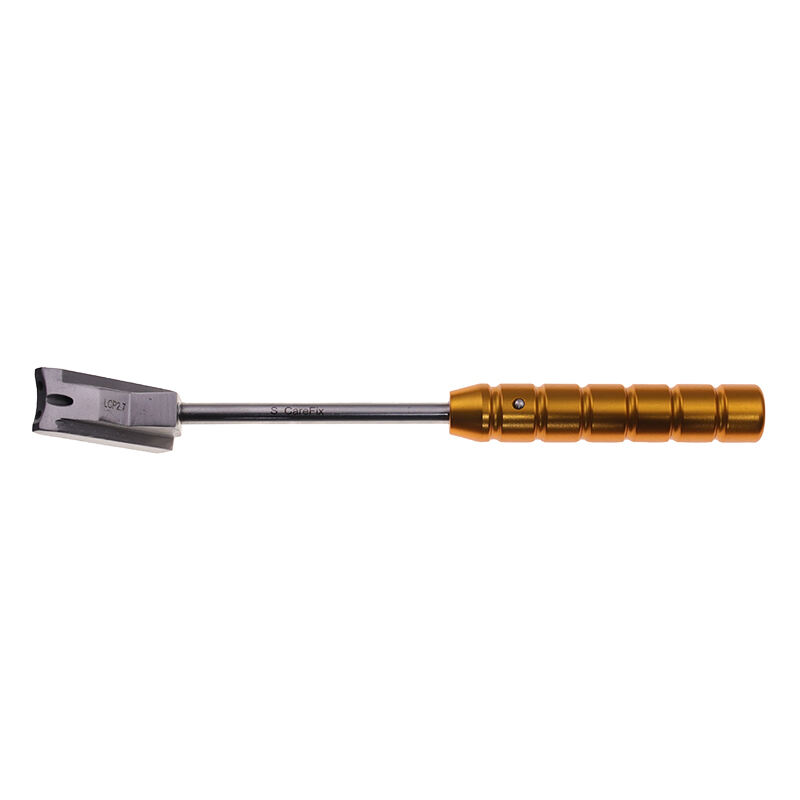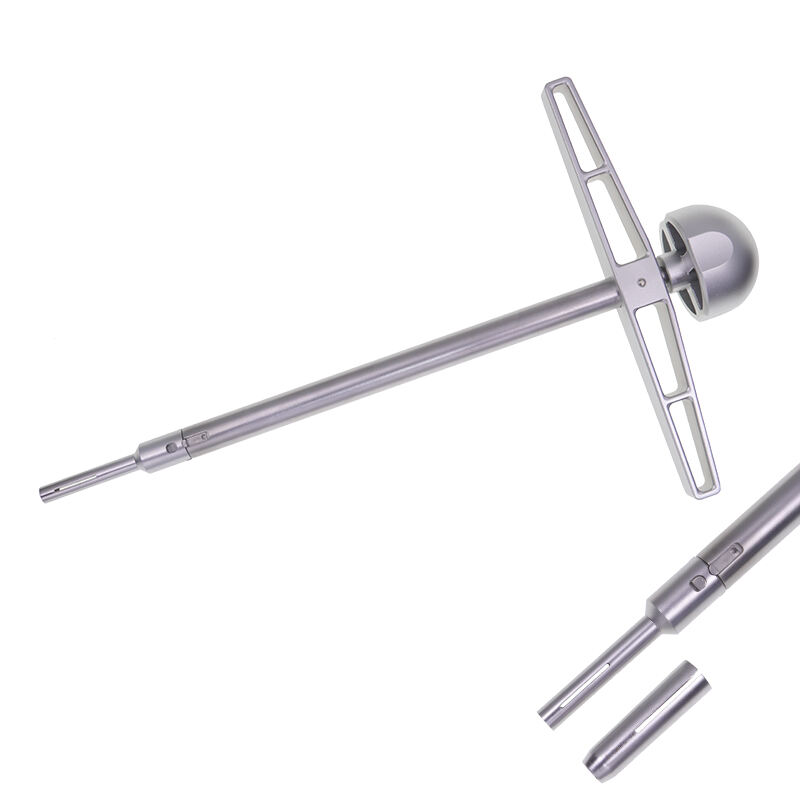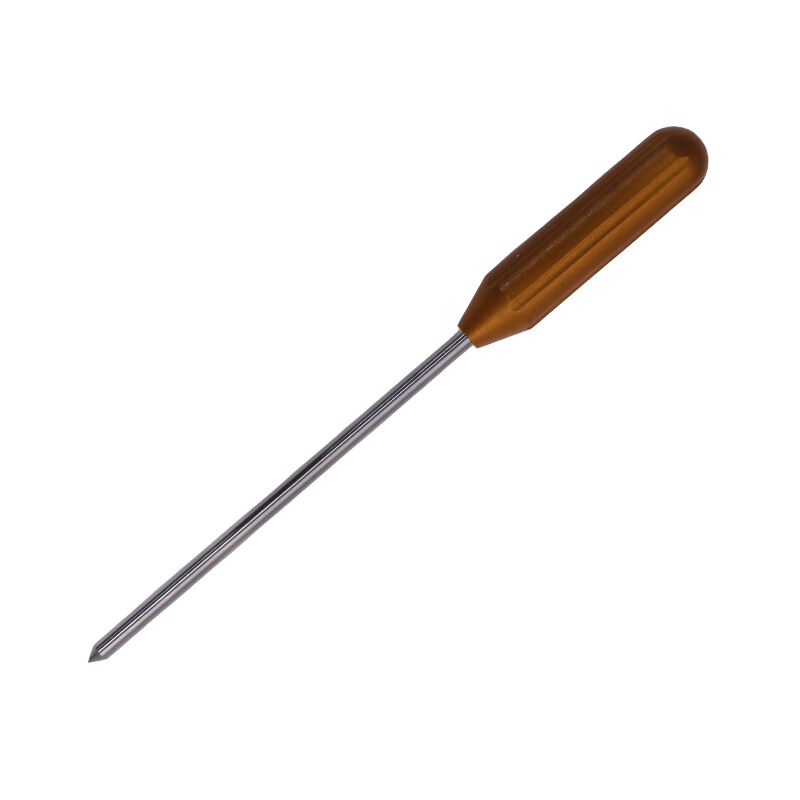medical devices orthopedics
Medical devices in orthopedics represent a sophisticated category of healthcare technology designed to address musculoskeletal conditions and injuries. These devices encompass a wide range of products, from basic supports and braces to advanced surgical implants and rehabilitation equipment. Modern orthopedic devices incorporate cutting-edge materials like titanium alloys and biocompatible polymers, ensuring both durability and compatibility with human tissue. They serve multiple functions, including joint replacement, fracture fixation, spine stabilization, and mobility assistance. The technology behind these devices continues to evolve, with recent innovations including smart implants that can monitor healing progress and 3D-printed custom prosthetics that offer perfect anatomical matches. In surgical applications, these devices utilize precision engineering to restore function while minimizing tissue trauma. Rehabilitation devices focus on promoting proper healing and restoring range of motion through carefully calibrated resistance and support mechanisms. The field also includes diagnostic tools that help healthcare providers assess bone density, joint alignment, and overall musculoskeletal health, enabling more accurate treatment planning and monitoring of recovery progress.


